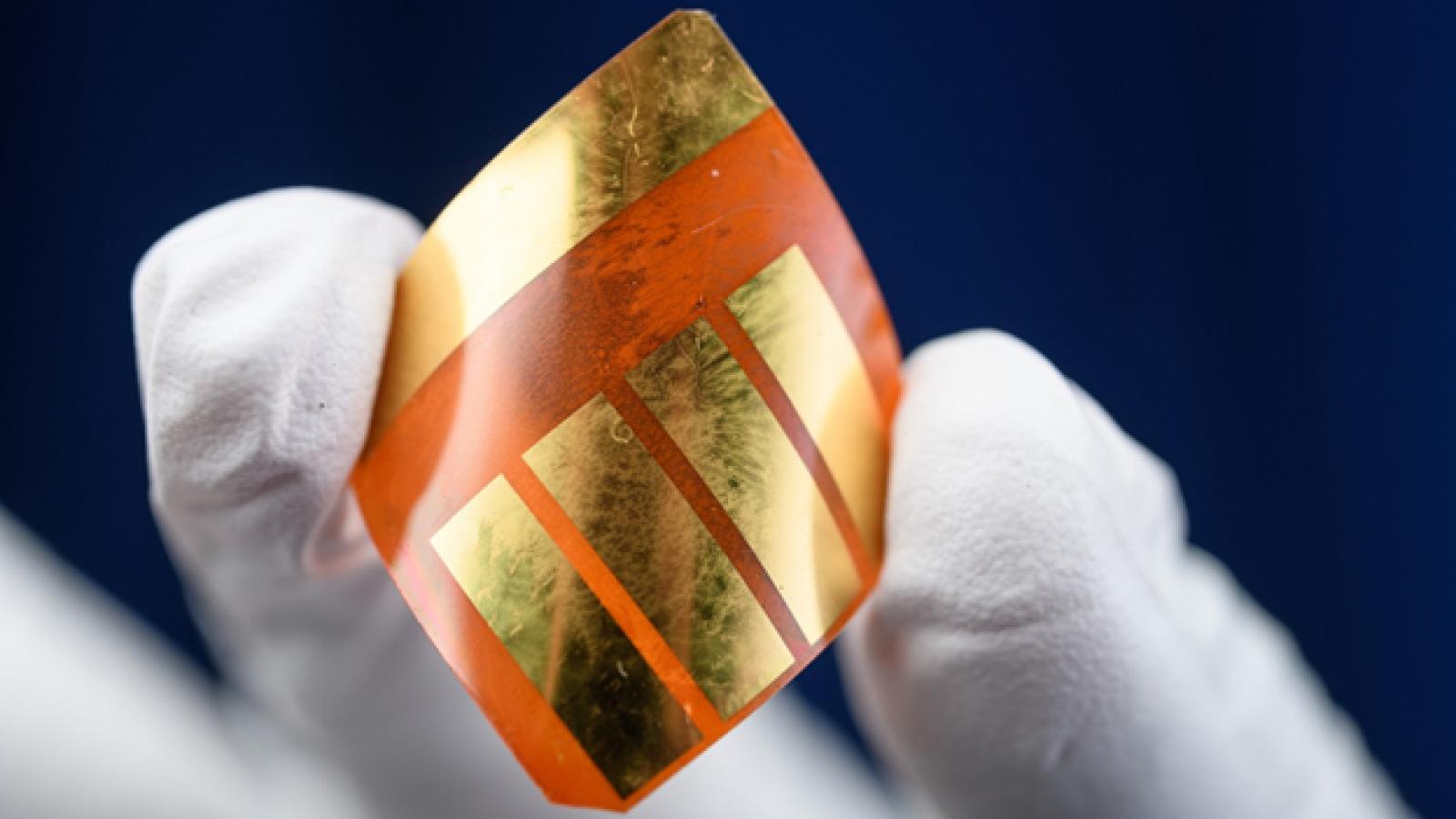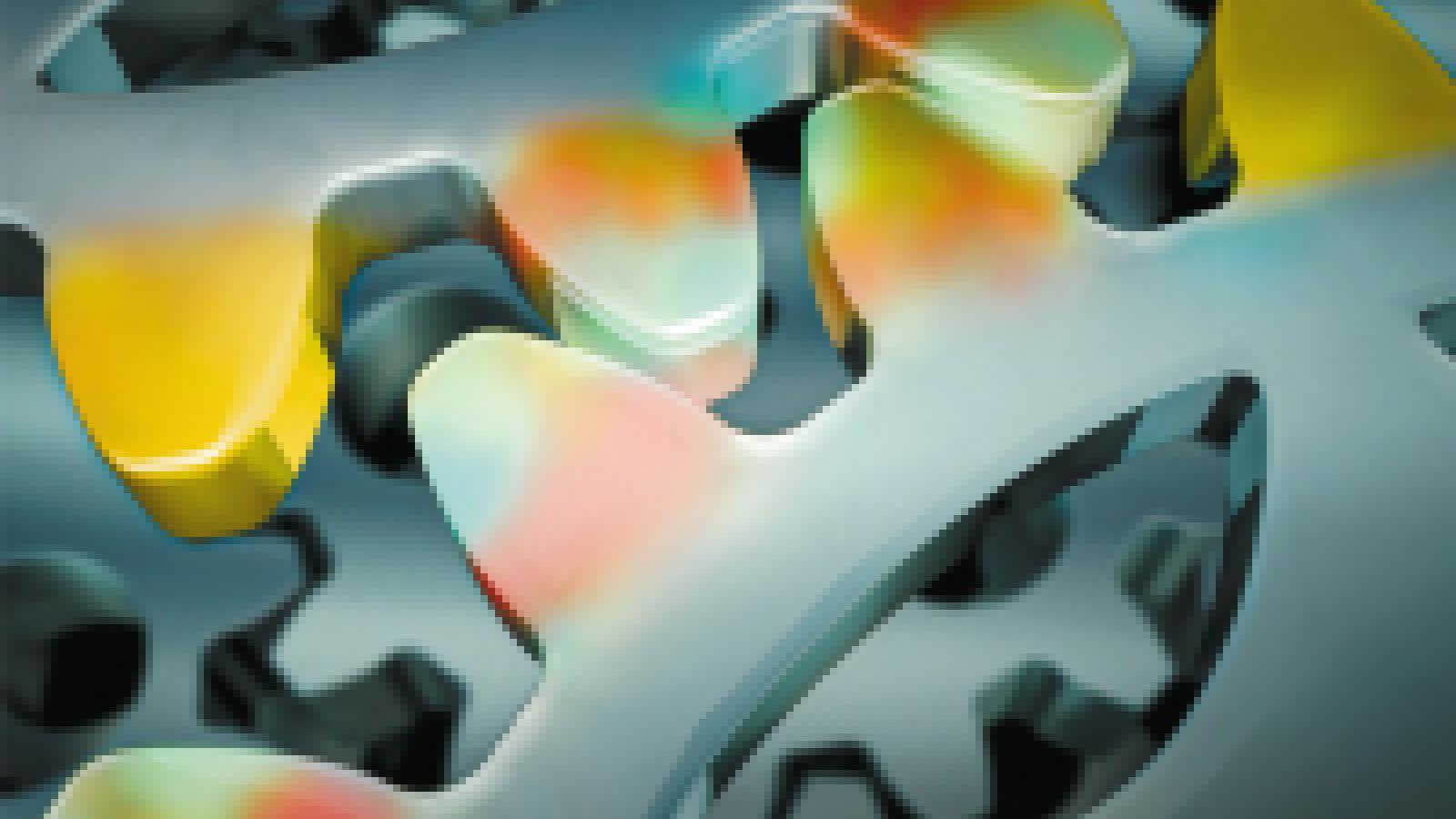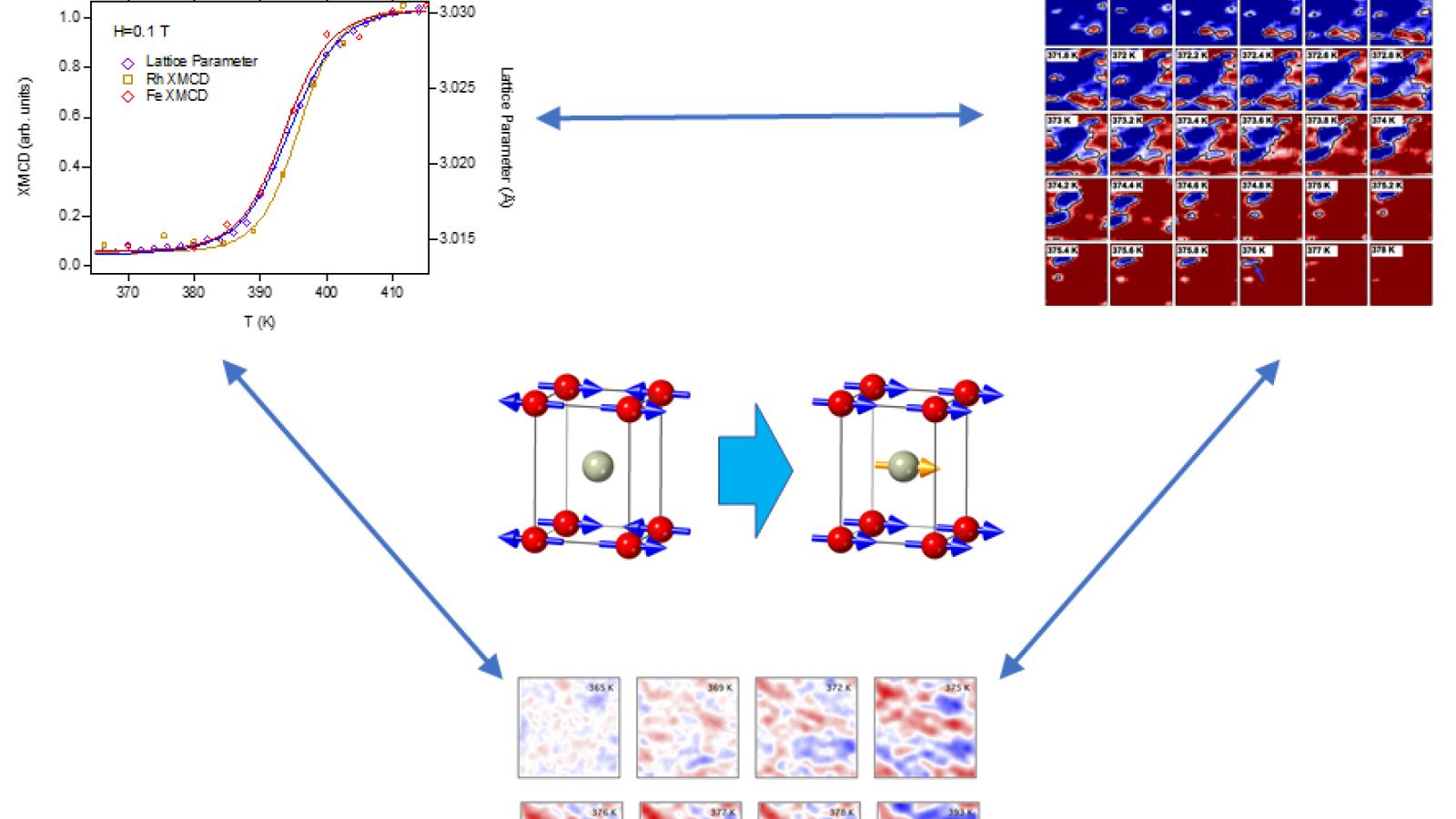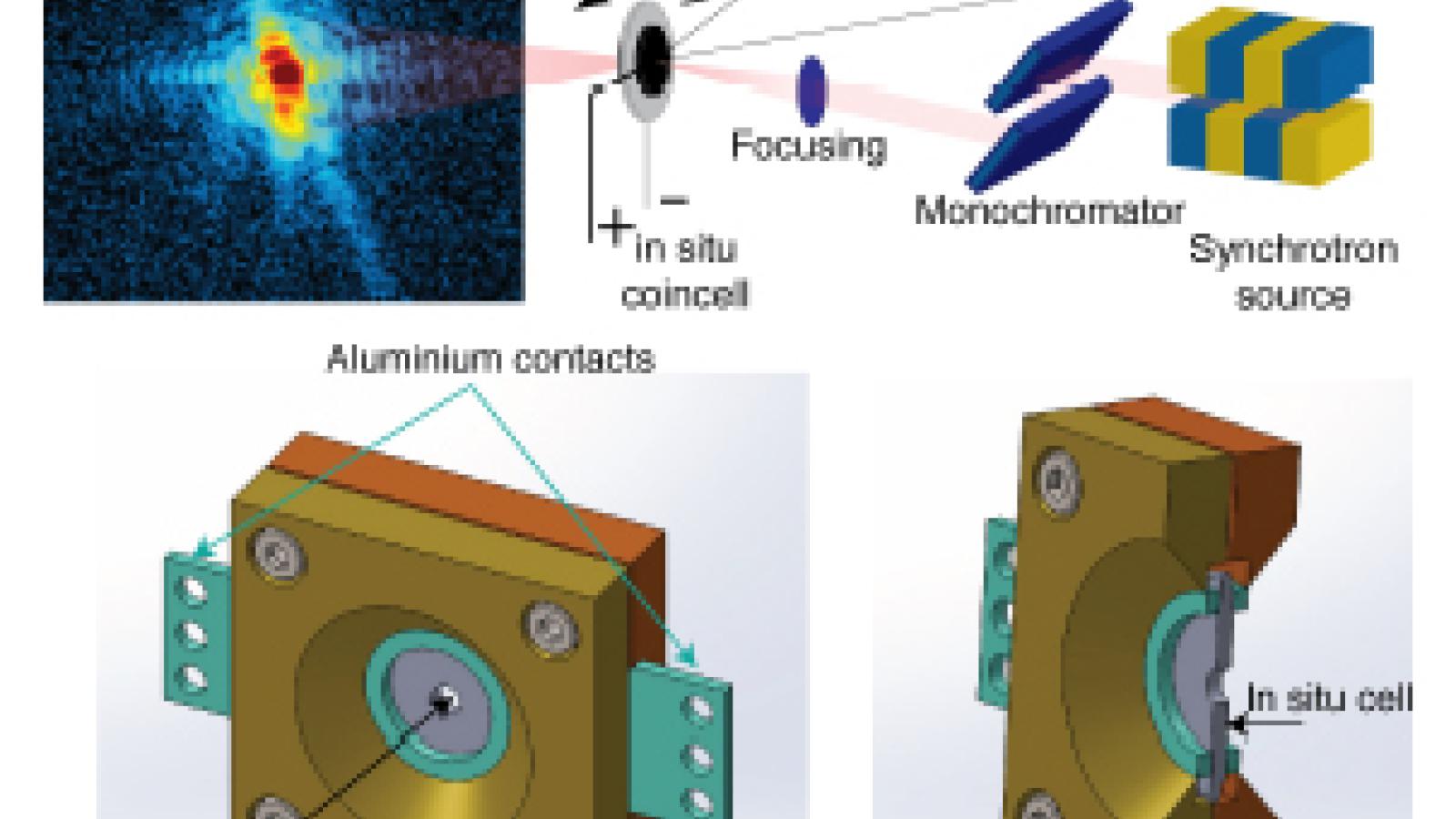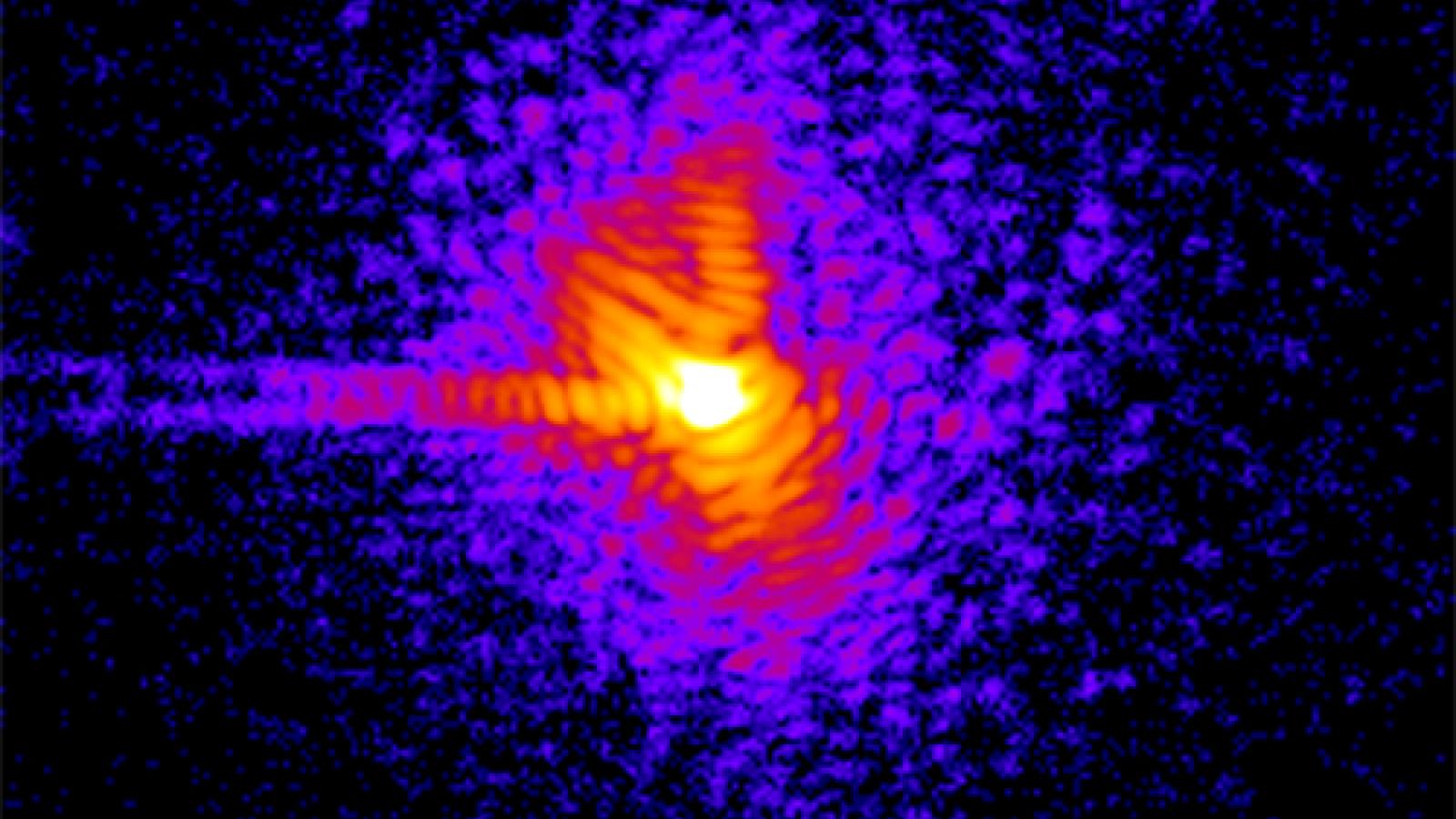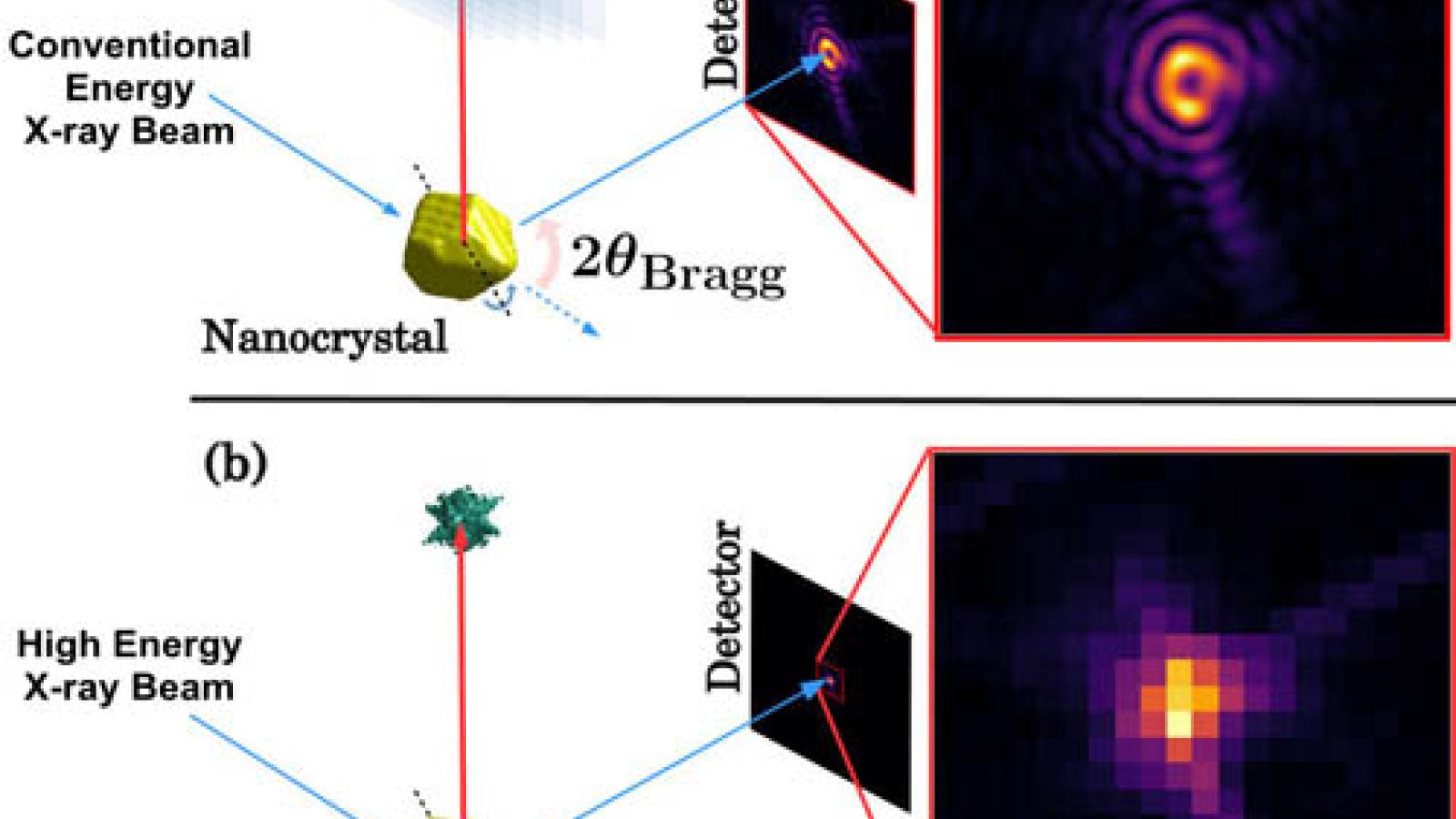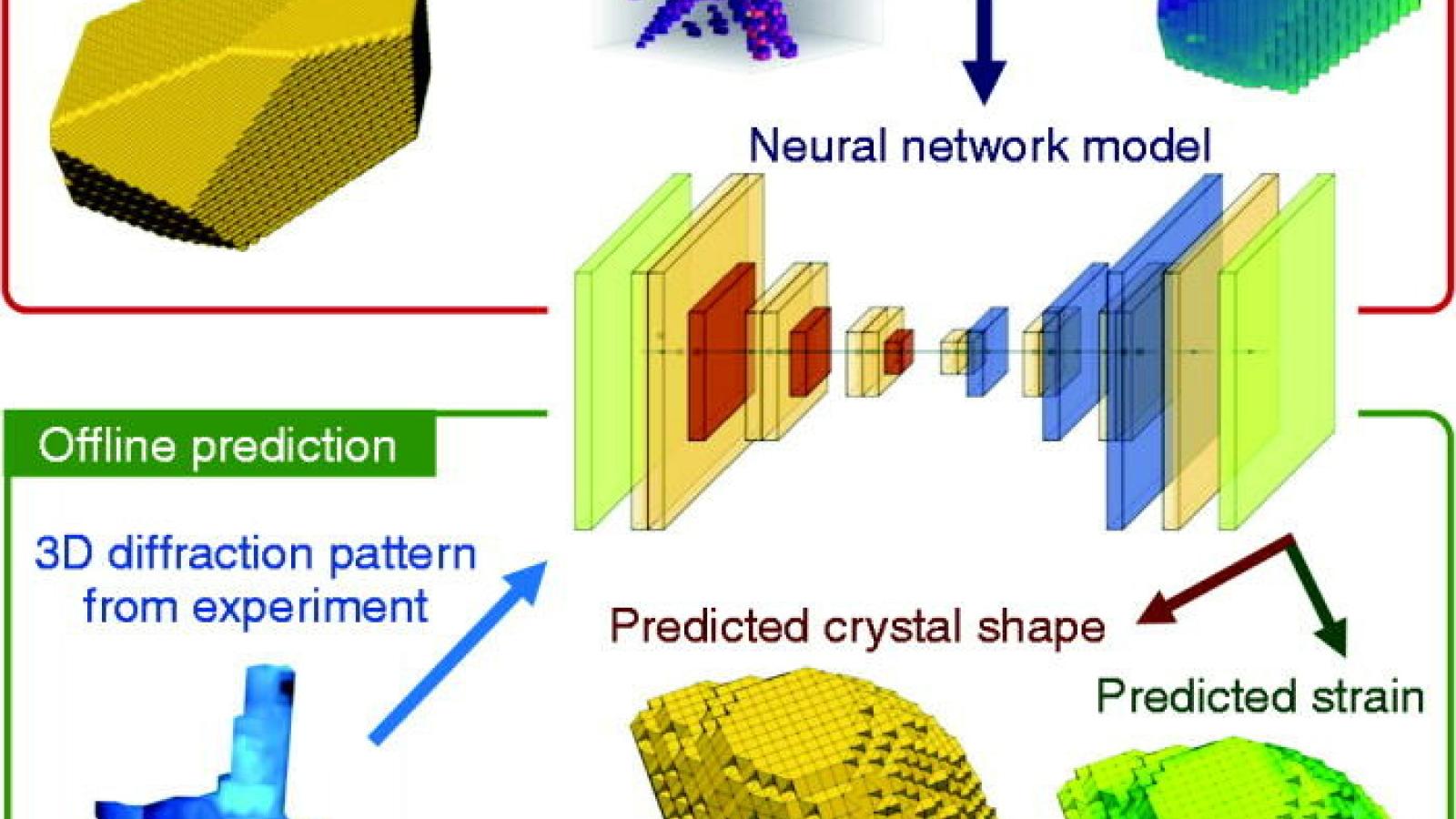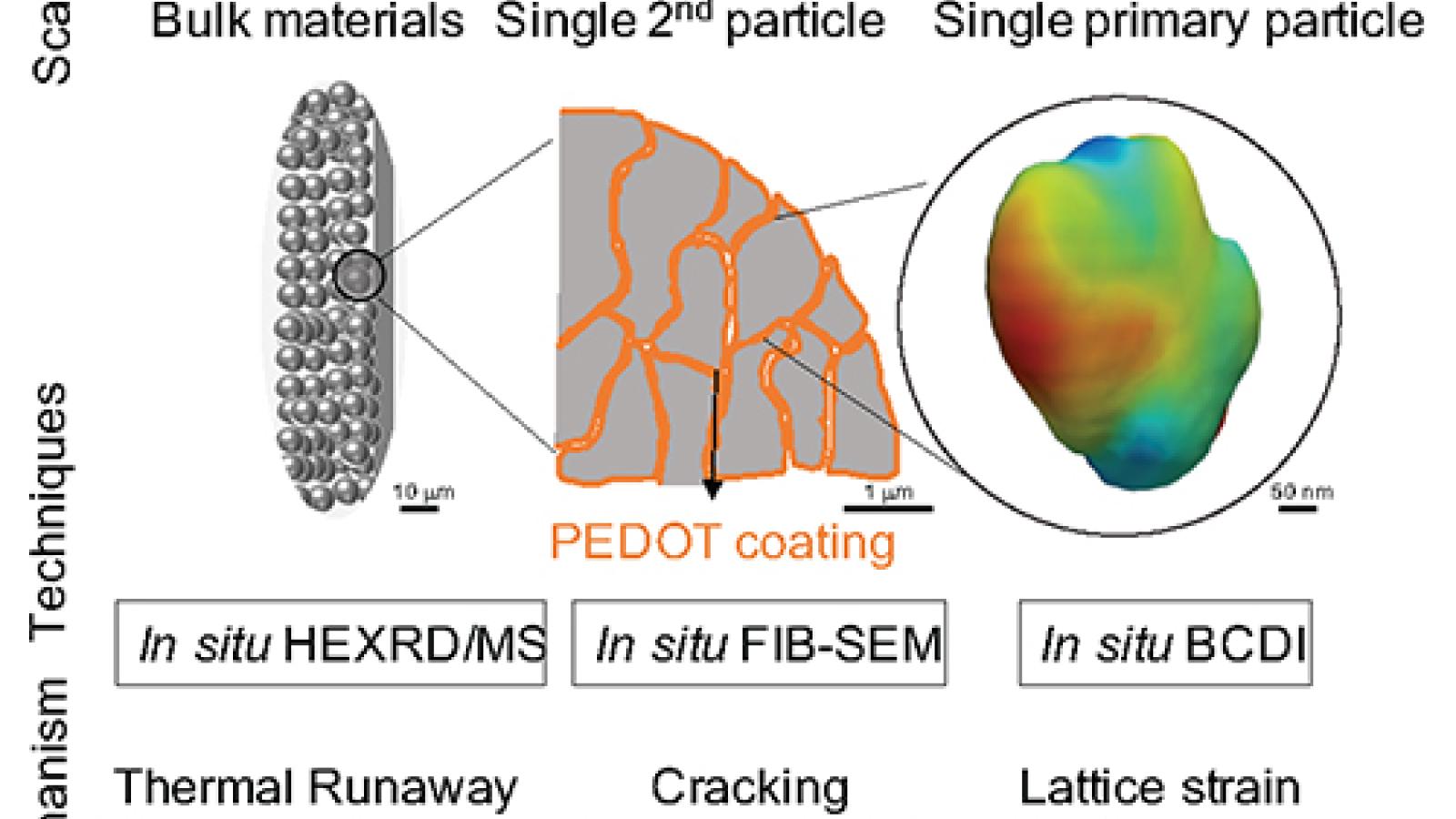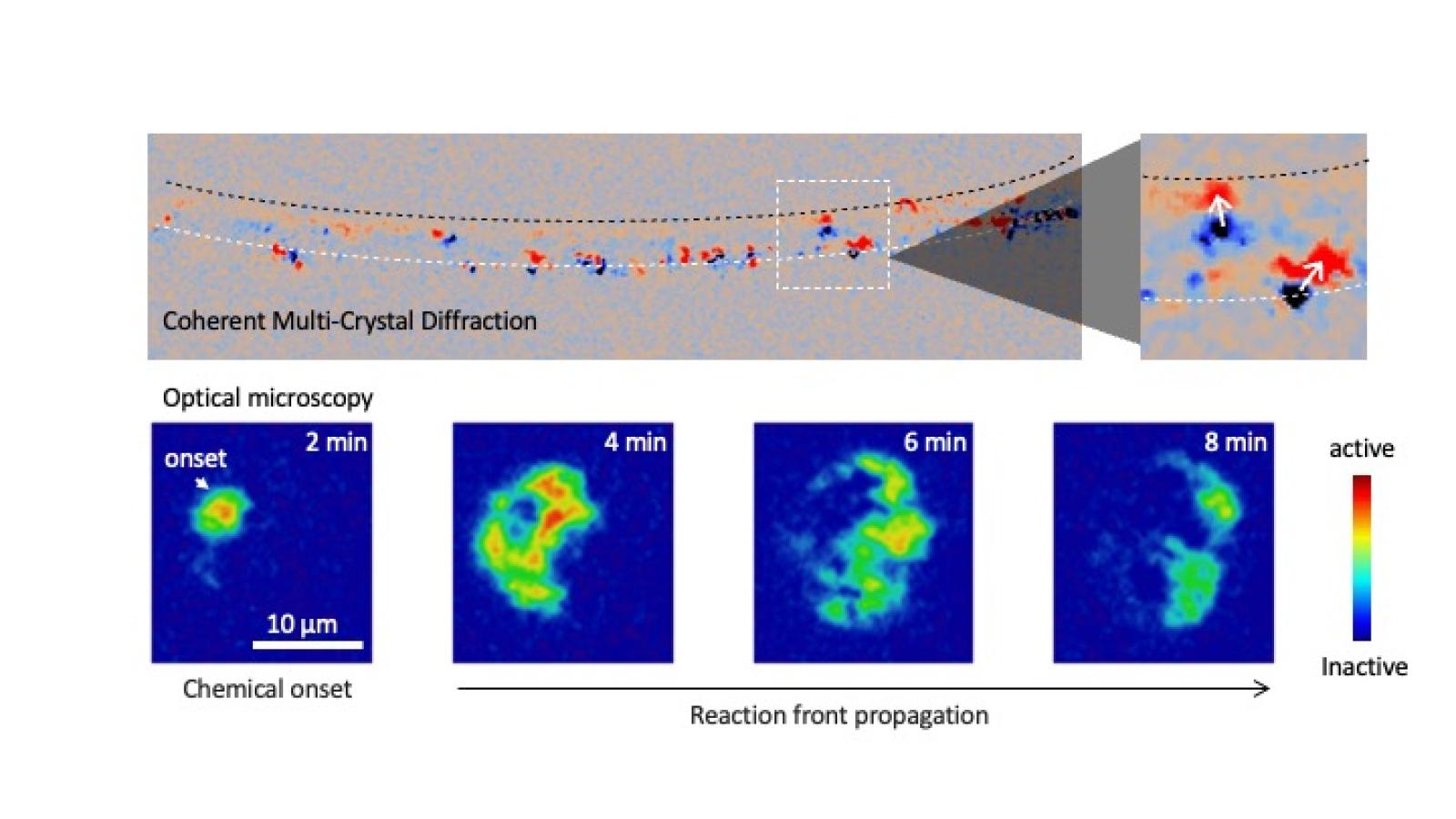10.19.2017
Optoelectronic devices play an essential role in the modern world by converting an electric current to light (as exemplified by the ubiquitous LED lights), or conversely, by capturing light to produce...
2-ID-D
03.06.2019
Researchers using the U.S. Department of Energy’s Advanced Photon Source have been able to decipher a key aspect of the behavior of perovskites made with different formulations: With certain additiv...
2-ID-D, 26-ID-C
08.21.2019
A team of researchers from Argonne National Laboratory has developed a new device for quickly acquiring high-resolution x-ray images over large sample areas. Dubbed the Velociprobe, the new instrument...
2-ID-D
04.26.2023
Elesclomol, an experimental anticancer drug, could have potential to also treat copper-deficiency diseases, including Menkes disease. Although this copper-transporting compound has been shown to relie...
2-ID-D, 9-ID-B,C
03.16.2020
To better understand amorphous-amorphous phase separation that can reduce or even halting active drug release, researchers used high-brightness x-rays at the U.S. Department of Energy’s Advanced Pho...
2-ID-E
09.22.2020
Work is based on research at two U.S. Department of Energy x-ray light sources including the Advanced Photon Source is part of a new study that solves a key, fundamental barrier in the electrochemical...
2-ID-E, 20-ID-B,C, 34-ID-E
03.14.2022
Revealing the Secrets of the Shark's Cartilaginous Skeleton: As a shark swims, the vertebrae in the shark's tail compress one way, and then the other, from left to right, subjecting the vertebrae to ...
2-ID-E, 6-BM-A,B, 8-BM-B
01.22.2024
The metal manganese could help to build rechargeable batteries that are more affordable and environmentally friendly than existing batteries. However, one of the major challenges is that they tend to ...
2-ID-E
01.29.2018
A team of researchers used a combination of high-resolution structural imaging, magnetic domain imaging, and dichroic spectroscopy on three separate x-ray beamlines at the U.S. Department of Energy’...
4-ID-D, 26-ID-C
03.22.2018
Retrieving phase information from hard (high-energy) x-ray diffraction patterns is one way to improve sample imaging. One such phase-retrieval technique uses multiple overlapping diffraction patterns ...
26-ID-C
02.21.2019
Researchers used the U.S. Department of Energy’s Advanced Photon Source to help them invent an innovative way for different types of quantum technology to “talk” to each other using sound. The s...
26-ID-C
05.14.2020
A team of engineers has created hardware made of hydrogen-doped nickelate perovskite that can learn skills using a type of AI that currently runs on software platforms. They used two U.S. Department o...
26-ID-C
12.14.2020
Ferroelectric Domain Wall Movement in a Complex Oxide Thin Film: Research at the U.S. Department of Energy’s Advanced Photon Source and Center for Nanoscale Materials demonstrate the feasibility of...
26-ID-C
01.03.2024
...
7-ID-B,C,D, 26-ID-C
03.22.2018
Hydrogen fuel cells can be used for portable technologies that must function for long periods without recharging. Such fuel cells often use metal hydrides to store hydrogen, and work much the same way...
34-ID-C
11.16.2018
Scientists using two synchrotron x-ray light sources including the U.S. Department of Energy’s Advanced Photon Source have an explanation for the cause of performance-reducing “voltage fade” tha...
34-ID-C
01.16.2020
New research at the U.S. Department of Energy’s Advanced Photon Source promises new insights for the optimization of high-performance materials for aerospace and power generation....
34-ID-C, 34-ID-E
04.27.2020
Results obtained at the U.S. Department of Energy’s APS promise unprecedented imaging of complex crystalline materials and polycrystalline interfaces and will encourage broader use of coherent x-ray...
34-ID-C
05.07.2021
Nanoscale Defects Could Boost Energy Storage Materials: Some imperfections pay big dividends. X-ray nanoimaging at the U.S. Department of Energy’s Advanced Photon Source yields an unprecedented vie...
34-ID-C
07.06.2021
Better-Educated Neural Networks for Nanoscale 3-D Coherent X-ray Imaging: One of the inescapable realities of various imaging techniques is called the phase problem: the loss of phase information in ...
34-ID-C
01.31.2022
A New Cathode Coating to Significantly Improve High-Temperature Performance of Li-Ion Batteries: The exponential growth in the use of li-ion batteries is challenging researchers for designs that are b...
17-BM-B, 34-ID-C
08.29.2022
Revealing the Source of Degradation in an Advanced Lithium-ion Battery Cathode: The durability of lithium-ion batteries depends highly on the performance of the cathode, the battery's positive electr...
9-BM-B,C, 11-ID-C, 34-ID-C
01.23.2024
Methods aimed at identifying defects in cathodes must be able to assess their crystal structures during active charging/discharging, and in three dimensions. Researchers used the APS to track the evol...
34-ID-C
07.24.2024
A team of researchers has developed a new strategy for probing Li-ion battery workings at the microscopic level. Using the APS they were able to observe the dynamics of individual domains in the layer...
34-ID-C
11.04.2020
Materials Properties for Longer-Lasting, More Efficient Solar Cells: The designers of solar cells know the cells must contend with a wide range of temperatures and weather conditions that can impact ...
4-ID-E
07.28.2020
In recent work carried out at two U.S. Department of Energy x-ray light sources, including the Advanced Photon Source, a novel tool was developed to obtain impressive spatial resolutions (e.g., 36 nanometers) in intact cells. which may allow for previously inaccessible structures and molecules to be imaged at a high resolution.
9-ID-B


